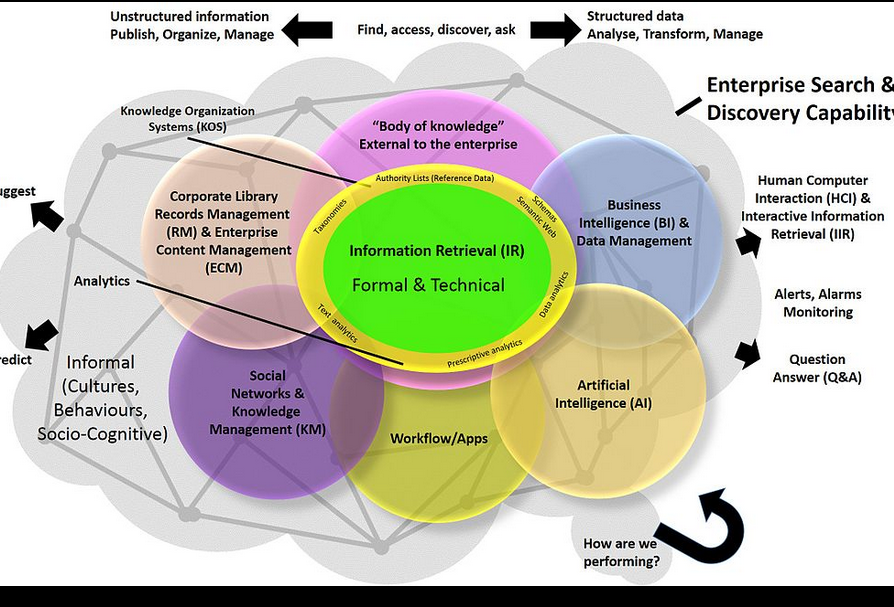Framework 164 ECM Implementation (5 Steps)
Introduction
ECM means enterprise content management (including 'intelligent information management'.)
ECM has been described as a
"...Umbrella term, covering document and Web content management, search, collaboration, records management, digital asset management (DAM), workflow management, and capture and scanning. It manages the life cycle of information, from initial publication ( or creation) through to archival and eventual disposal. It is delivered in four ways:
- on-premises software (installed in an organisation's network)
- Software as a Service (SaaS): Web access to information stored in a software manufacturer's system
- A hybrid of both on-premises Saa and S components
- Infrastructure as a Service (IaaS): online services which frees the user from infrastructure details like physical computing resources, location, data petitioning, scaling, security, and backup..."
Wikipedia, 2023a
Its benefits include improved efficiency, better control, reduce costs, etc.
It usually involves digitalisation, ie paperless, to allow easier access, eg banks use to keep a hard copy of all cheques which to find was labour-intensive, inconvenient, hard to locate, slow (take days or weeks to find things), costly to store, etc. With all cheques digitalised, any cheque can be located immediately.
Can be used for employees (B2E), enterprise portals for business to business (B2B), business to government (B2G), and other business relationships.
Five steps for a smooth ECM implementation
Steps
1. Enlisted a team of relevant stakeholders (multiple departments need to be involved owing to the collaborative nature of ECM; need to create a team representing representing the different departments are planning, implementation, governance, etc.)
2. Defining your goals (need to have a clear understanding of what you're aiming to achieve with ECM implementation, eg
"...Eliminate the dependency on paper processes; streamline all business processes; reduced organisational risk; optimise productivity; improve customer service..."
ComputerWeekly, 2023)
3. Plan for your goals (need to determine how you going to reach set goals; need to consider whether you are required to migrate content, train users, build new system, etc; prioritise processes.)
4. Build, test and deploy (use the methodology like agile so that continually and regularly evaluating performance and modify as required)
5. Iterate (
"...An ECM implementation never truly end. Businesses should build in the capability to refine an ECM over time to maximise the business value..."
ComputerWeekly, 2023)
An example of ECM is below
(source: Wikipedia, 2023a)
